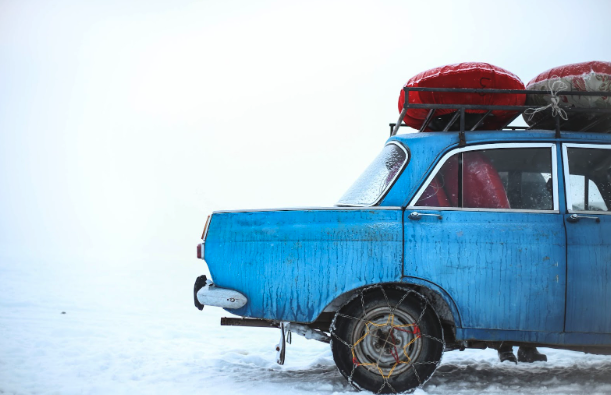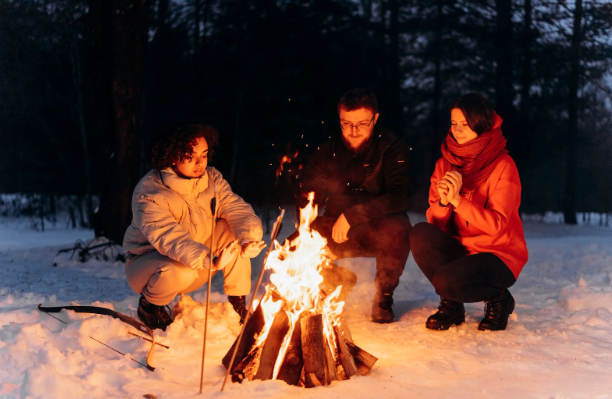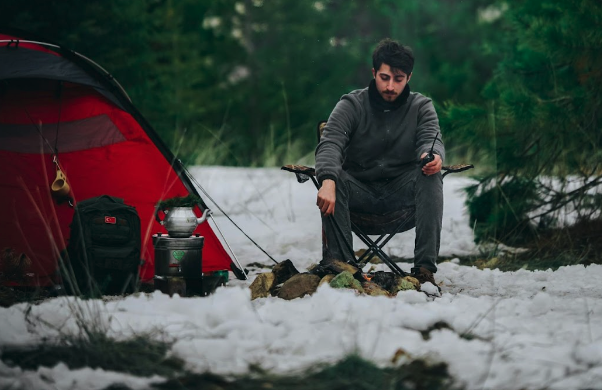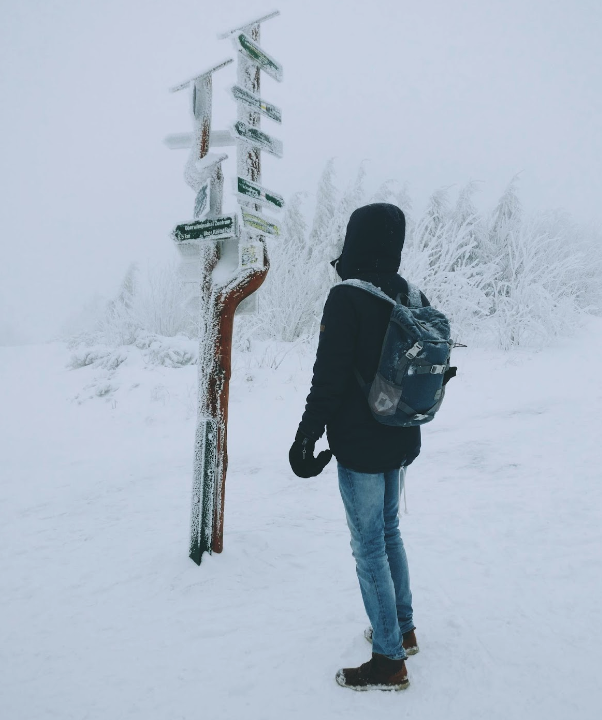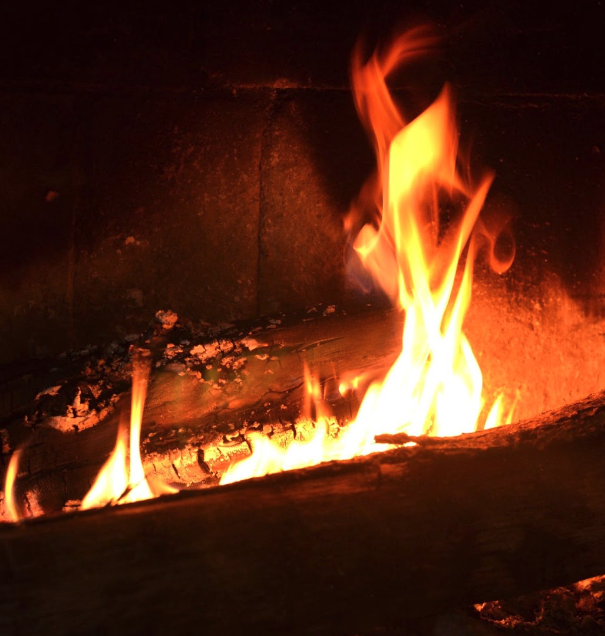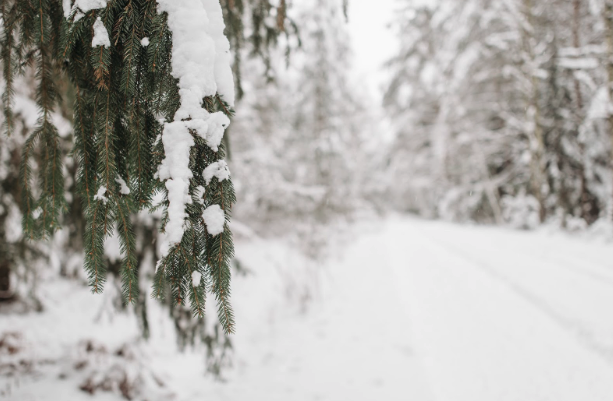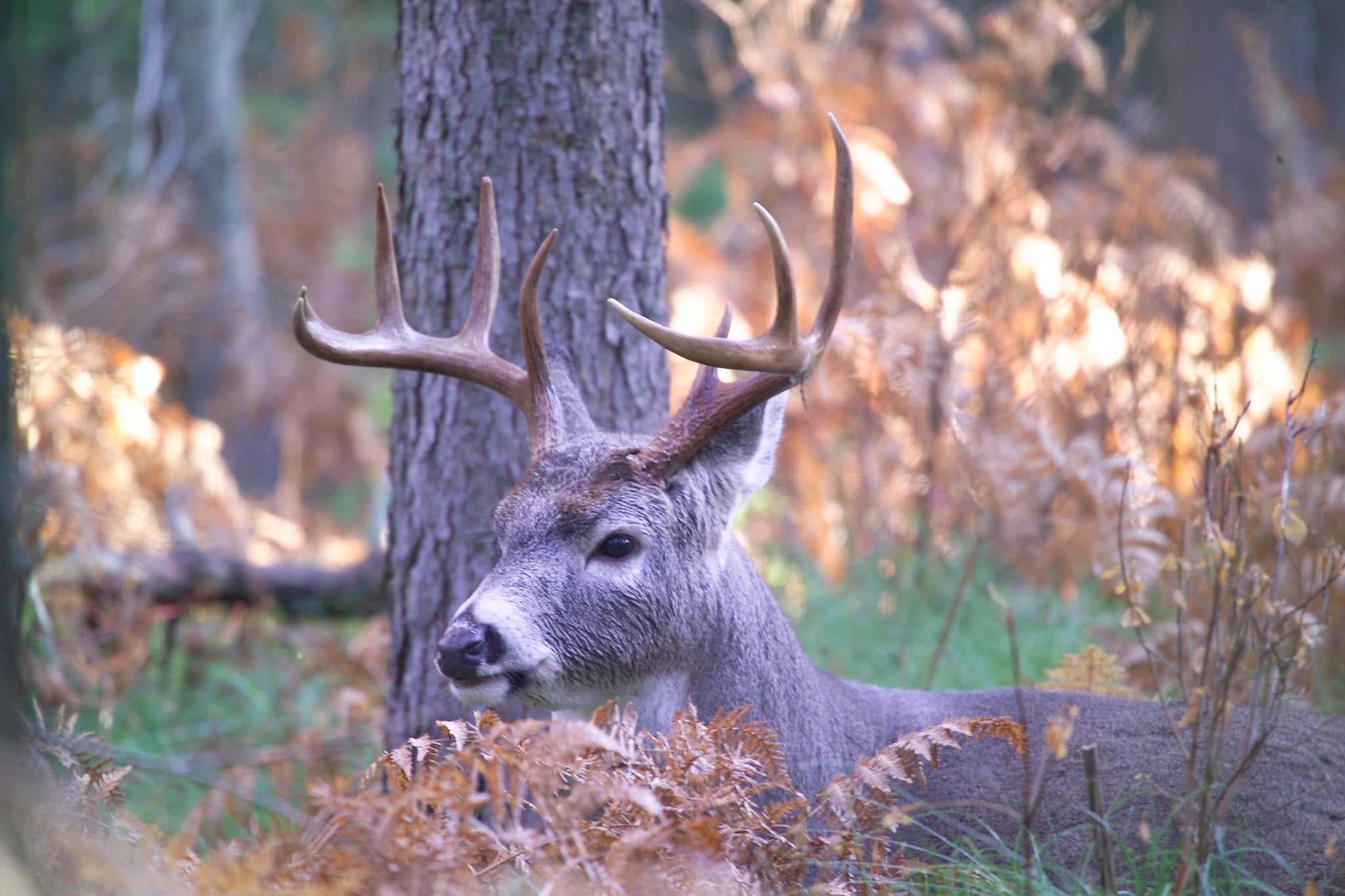Surviving the first few days of an unforeseen winter storm is crucial, yet often underestimated by average campers. Imagine you, an avid camper, find yourself suddenly caught in severe winter weather, miles away from civilization.
Limited resources and a little apprehension lead to quick decisions and critical mistakes. It’s a situation where preparation can mean the difference between life and death.
In this article, you’ll discover vital winter survival techniques, including how to find shelter, generate heat, source food, and stay safe from potential hazards during severe winter weather. With a little practice and some preparation beforehand, you can increase your chances of outlasting the first few days of winter survival.
Table of Contents
Understanding The Risks and Challenges Before Heading Out
I cannot stress enough the gravity of winter outdoor survival. The first three days will determine if you have what it takes to make it back to civilization. One must be aware that winter, with its chilling temperatures and unpredictable weather patterns, poses substantial challenges including hypothermia, frostbite, and even snow blindness.
You may find nature flexing its muscles as a sudden snowstorm can reduce visibility to near zero, making navigation nearly impossible. Ice-covered surfaces increase the risk of slips and falls while frozen water sources can make it challenging to find drinkable water.
Adverse weather conditions can flare up without warning, emphasizing the importance of proper preparation. This includes wearing appropriate cold-weather gear, packing high-energy food, and carrying essential survival tools.
However, no amount of preparation can predict all eventualities. Each survival situation is different, influenced by factors such as weather, terrain, or your physical condition.
That said, survival is not just about having the right gear or knowledge — it’s also about exercising good judgment and keeping a level head. If you find yourself in an unexpected winter survival situation, don’t panic. Think, trust your instincts, and make the most sensible decisions based on your circumstances.
Preparation Beforehand: Your Key to Winter Survival
Before setting off on your winter camping adventure, a critical step involves examining the weather forecast. These forecasts may not always hit the mark with 100% accuracy, but they provide vital insights into potential conditions to expect. Being able to anticipate the likelihood of a snowstorm or below-zero temperatures is invaluable in survival situations.
Acquiring basic skills in weather reading can be a lifesaver. Look for signs such as a sudden drop in temperature, changes in wind direction, or a ring around the moon, which can signal an incoming snowstorm. These are easy skills to master as every day in the outdoors presents an opportunity to hone these skills.
Something equally important is your winter camping checklist. Packing smart, especially when dealing with limited space or carrying capacity, can make a world of difference.
Packing smart effectively means bringing things that will provide you with ways of keeping yourself warm multiple times.
Essential items over and above your camping gear include:
- Extra batteries or battery banks
- Freeze-dried food
- Hot water bottle
- Chemical hand warmers
- Extra clothing, socks, and wool blanket
- Ferro rod and striker
Consider packing these items in multi-compartment bags to ensure easy access and efficient use of space. Each item you pack should serve a survival purpose and contribute to your well-being in harsh winter conditions.
Always Have a Survival Plan Beforehand
Creating a comprehensive survival plan is key to a successful winter camping experience, necessitating thoughtful attention to the acronym S.U.R.V.I.V.A.L.
- Stay calm, keeping your head clear to make rational decisions.
- Understanding your surroundings is vital, take note of landmarks and terrain.
- Resource management, using what you have sparingly and wisely.
- Validate your location, maintaining an awareness of your situation and position.
- Inform others about your itinerary before setting out.
- Visual signals can help rescuers locate you if needed.
- Always stay put if you’ve lost your way, it’s easier for rescuers to find you.
- Leave no trace behind, protecting nature and maintaining its balance.
Using an acronym like this makes it easy to remember things since you’re just focusing on the acronym and not the details. Once you identify the steps then the little details tend to come back. I’m also a firm believer in having this stuff written down in a tiny notebook for reference (you can also stash some firestarter in the notebook).
Survival Strategies for the First Few Days
The initial few days of survival in harsh winter conditions are critical, and the success of your survival strategies largely hinges on three aspects: shelter, fire, and signaling for help.
Finding Shelter
Securing shelter from the biting cold is paramount. Natural formations such as caves or overhangs can provide immediate protection. If no such structures are available, snow shelters like quinzees are relatively easy to construct and can effectively trap body heat. Although a quinzee will take several hours to set. A good approach if you don’t have a vehicle is to build a simple lean-to made from branches and insulated with snow can also serve as a vital refuge against the cold.
Fire Making
Fire is a quintessential survival tool, providing both warmth and a means of cooking. Starting a fire begins with gathering dry tinder and kindling. Using a fire starter or a match, light the tinder, gently blowing to fuel the flames. Gradually add larger pieces of wood ensuring the fire is stable and sustainable. Always position your fire safely away from your shelter and snow-laden trees.
Signaling for Help
Signaling for help is crucial in emergencies. An effective method is using three of anything—three fires, three blasts on a whistle, or three flashes with a mirror, universally recognized as a distress signal. The best times to signal are at dawn and dusk when the light contrasts are most apparent for aircraft.
Navigating Through the Cold
Navigating snowy terrain requires care and preparation. Protect your eyes from snow blindness by wearing sunglasses or goggles that filter UV light. Snowshoes can vastly improve mobility in deep snow, providing additional surface area to prevent sinking. In a pinch, you can use a bandana or toque, wrap it around your head, and lower it so it covers the top eyelid. This will help redirect the light away from your eyes.
Drinking Water
Water is a critical element for survival, especially in freezing conditions where dehydration can occur rapidly. Melting snow or ice is the most straightforward approach to obtaining drinking water in a snow-laden environment. Always bring the snow to a rolling boil to ensure any harmful bacteria or parasites are destroyed. Keep in mind that eating snow directly may lead to hypothermia due to the energy required to melt it, so it’s always preferable to melt it before consumption. Although, in my experience eating a little snow has never been a problem because my core temperature is usually higher since my body is working harder.
Food and Food Conservation
In survival situations, the conservation and sourcing of food become paramount. To preserve food, ration your supplies and consume only when your energy levels are low. During other seasons, you can easily forage for berries and plants or hunt small game using lightweight weapons. However, winter presents a more challenging scenario, making even fishing a difficult task.
Trapping is a reliable method for capturing small game, although it does require time and patience. Realistically, in today’s world, being prepared with extra food is the most reliable way to survive the initial few days until you regain your composure.
Common Mistakes to Avoid
When it comes to survival, particularly in harsh winter conditions, missteps can prove fatal. Here are some commonly overlooked pitfalls that you should be aware of:
- Ignoring Weather Forecasts: Heading out into the wilderness when there is a blizzard on the way is simply a lack of common sense, in most cases. Some love the thrill of camping in adverse conditions, which is fine, as long as you understand the scope of the inclement weather.
- Inadequate Clothing: Dressing inappropriately for the conditions can lead to hypothermia. The most common thing I see is people piling on the bulky layers. This traps in cold as well as heat, as the thicker clothing makes it harder for our bodies to keep warm. Stick to thin, removable layers that help trap in the warm air better.
- Lack of Food and Water Supplies: As mentioned earlier, food and water are essential. Not having enough can lead to exhaustion and dehydration. It’s always better to over-prepare in this area.
- Not Informing Others: Whether you’re going on a short hike or planning a longer expedition, always let someone know your plans and when you expect to return. If you want to experiment with winter camping regularly, invest in a GPS that has the ability to communicate with the outside world. This last-ditch lifeline could become your most important piece of gear in the wrong situations.
- Getting Wet Unnecessarily: One common mistake people often make is allowing themselves to get wet without cause. This can be due to crossing bodies of water without proper preparation or not avoiding rainfall. In cold conditions, getting wet can lead to hypothermia much faster. It’s important to stay as dry as possible.
Factors such as stress and inexperience can amplify the impact of even the simplest mistakes, rendering them challenging to amend. Such errors can snowball rapidly, further exacerbating an already problematic situation.
Conclusion
Outdoor survival, particularly in winter, necessitates careful planning and precautionary measures. The pitfalls of inclement weather, improper clothing, inadequate supplies, failure to inform others, and unnecessary wetness can lead to undesirable situations.
Don’t let these potential challenges deter you. The outdoors isn’t inherently frightening. Quite the contrary, it can be incredibly rewarding and empowering. Go outside and camp, familiarize yourself with various scenarios, and build up your self-reliance skills. That is how you can transform fear of the unknown into confidence.

